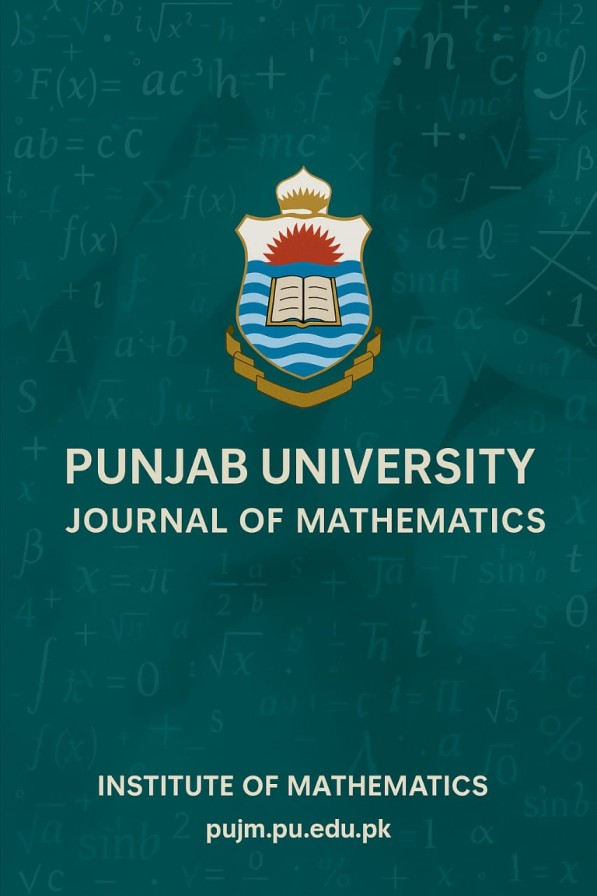Bifurcation and Control of Rice Tungro Disease Spread in Plants Under Hypersensitive Response
Keywords:
Boundedness, Lipschitz Conditions, Positiveness, Rice Tungro, Stability AnalysisAbstract
The primary objective of this study is to investigate the spread of rice tungro disease within a community, with a particular focus on the role of predators in disease transmission. A mathematical model has been developed to examine the progression of rice tungro disease in a healthy environment, incorporating various control strategies such as the continuous removal of different categories of infected plants. To get proper numerical results, the rice tungro model is converted into a fractional rice model, and for fractional order, the fractal-fractional (FF) operator is used for continuous monitoring. The stability of the newly built model is checked by the quantitative and qualitative investigation. For a better understanding of the newly developed model, obtain the mathematical solution of the model with boundedness and uniqueness. The impact of different parameters on the spread of rice tungro disease is investigated. By using the Lipschitz condition and normed function, checking the spreads of rice tungro disease in all sub-compartmentss. Furthermore, the stability of the model is examined by the Hyers-Ulam concept. The flip bifurcation is investigated for all compartments at equilibrium points, and a simulation for flip bifurcation is examined and see the effect of different variables on the spreading of disease across all compartments for flip bifurcation. Additionally, for numerical analysis of the fractional operator used the two-step Lagrange polynomial method was used for the generalized form with Mittag-Leffler kernel. Finally, numerical simulations are employed to demonstrate the effects of various factors on disease dynamics. Simulations have been conducted to observe the actual behavior and progression of rice tungro disease at various stages, using different parameter values in a healthy environment exhibiting a hypersensitive response (HR). This research contributes to a deeper understanding of disease transmission and supports the development of effective management strategies for plants based on validated findings.
Downloads
Downloads
Published
Issue
Section
License
Copyright (c) 2024 Abdul Ghaffar, Khurram Faiz, Aqeel Ahmad, Ghulam Mustafa, Muhammad Farman

This work is licensed under a Creative Commons Attribution-NonCommercial-NoDerivatives 4.0 International License.


